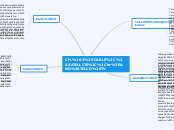によって Kyle Reyes 6年前.
209
CH. 3
Cable television initially required consumers to pay for installation and monthly fees without offering their own programming. Public access channels allowed local content creation, leading to a mix of innovative and sarcastic shows.









